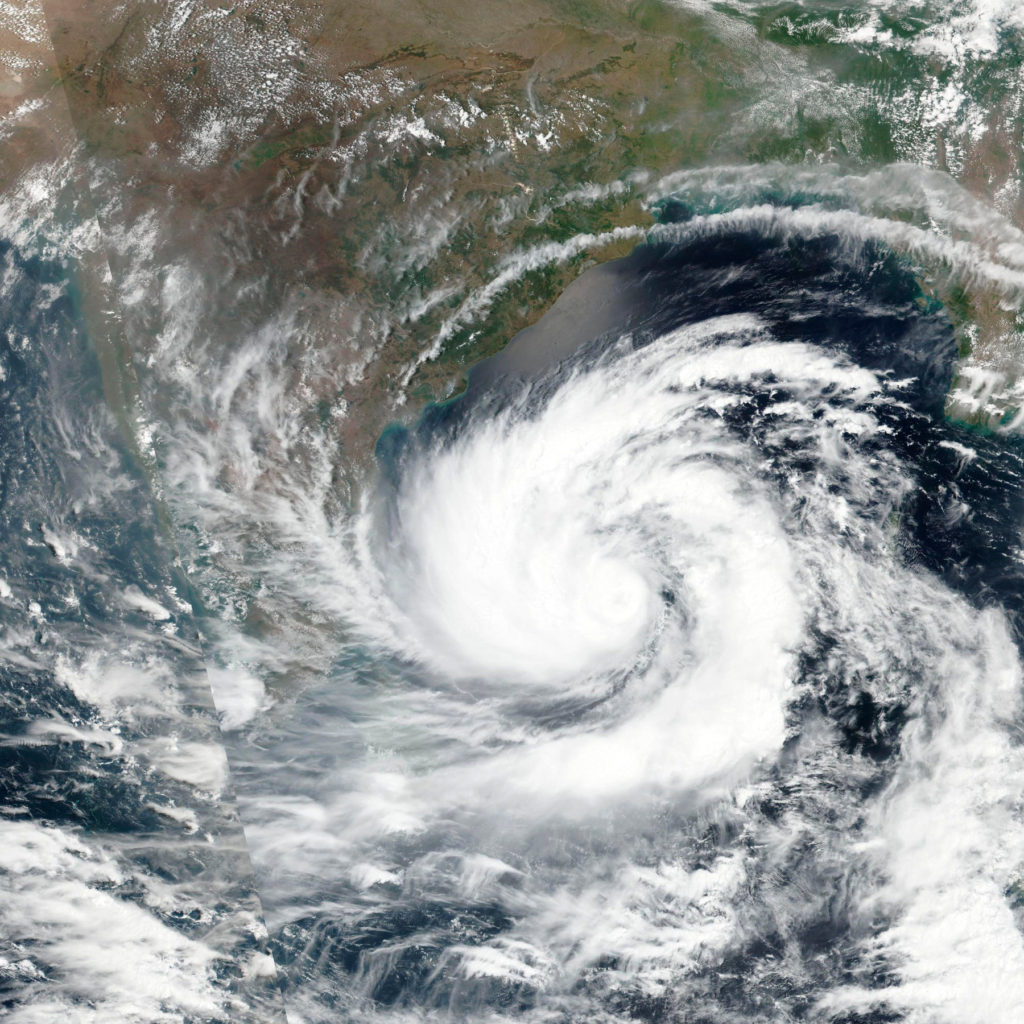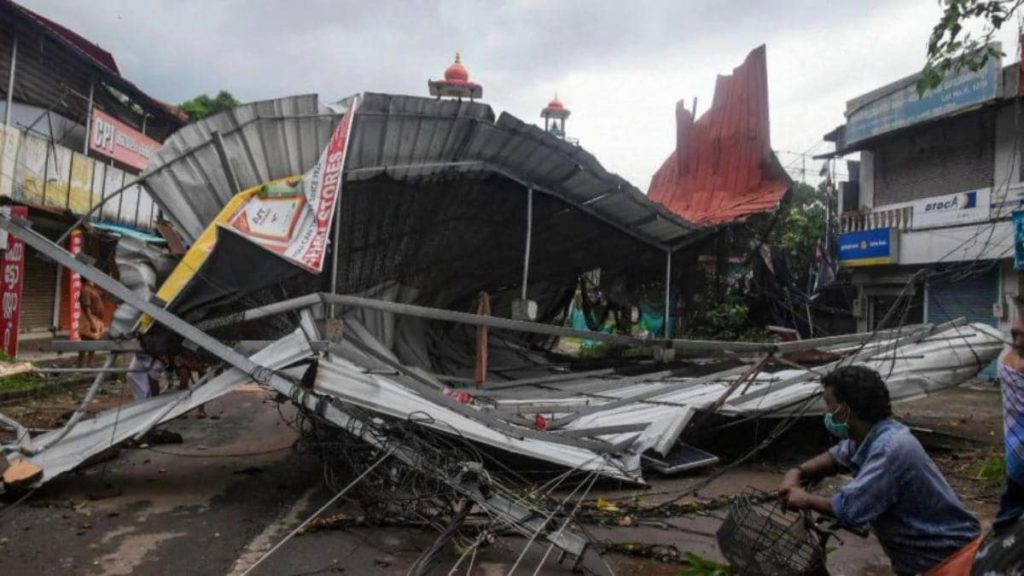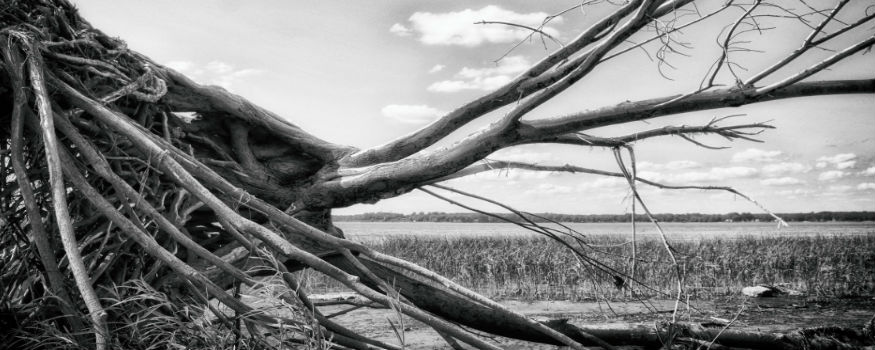Just a year after the super cyclone Amphan, we are again getting news of another cyclone – Yaas. Though its intensity is forecasted to be lesser, we don’t want to take risks. We have started taking precautionary measures like securing the trees and getting the plants inside our house. Click to get Cyclone Yaas Live Updates.
KolkataFusion contributors recapitulate their experiences of living through the super cyclone Amphan
Amidst the extended lockdown, around the second week of May, we heard about the approach of a super cyclone named Amphan. As the day of the predicted landfall came nearer, we started bracing up for the worst. The cyclone’s path, expected landfall zones, had been registered in our heads by the umpteen regional news channels repeatedly.

We had an experience of the Aila cyclone disaster in 2010. And a lot of us didn’t expect Amphan to be more severe than Aila. In our regular conversations, just a day before the Amphan was to fall, we reminisced about Aila and how we coped with it. However, Amphan proved us wrong – it was indeed one of the fiercest cyclones in Bengal in the last 100 years.

Amphan hit Bengal on May 20, 2020.
It was 3rd super cyclone to hit West Bengal since 1582, after 1737 and 1833, and the strongest.
Central Avenue – Shyambazar Area
In the traditional North Kolkata neighbourhoods, almost all joint family households have at least a living room and kitchen adjacent to the terrace. Our 100-year-old house conforms to the rule as well. The vacant portion of the terrace which ran in between the living room and kitchen stays guarded against rain, wind and sun by a thick tarpaulin sheet fitted over a sturdy wrought iron frame.
Around the expected landfall time, that was around 4 – 4:30 PM, the wind became so strong that we had to tie coir ropes around the tarpaulin-wrought iron frame to keep it off from flying away with the strong wind that flowed around our terrace. As time progressed, we could hear a deep, loud whooshing sound of the strong winds advancing over our area.
The advancing cyclone lifted up and down the asbestos sheets covering a few portions of the roofs in our neighbourhood. We could hear thumps and thuds around and predicted the sound of a falling tree, or a falling asbestos sheet or the earthen flowering pots on all the terraces in our neighbourhood.
The old house tried hard to put up with Amphan. Although our thick wooden windows and doors were bolted, rain waters kept invading in. The branches or leaves that the cyclone brought along clogged rainwater outlets in our terrace. In an attempt to keep the outlets free of waterlogging, we braved the rain and kept clearing the outlets to drain off the rain waters. At times, we were even pushed past by the cyclonic winds as they raged through our terrace.
Thankfully, as our electric lines ran underground, there were no power cuts in our area. As we ate the dinner silently in the night, I felt fortunate to have a roof above my head and food on my plate. That night, I couldn’t stop thinking about the people whose houses and livelihoods got destroyed by Amphan.
Newtown, Kolkata:
While one is a 100-year-old building, already seen a lot, the high rises in New Town are too young. The constructions seem to be so fragile that we often fear a strong earthquake will easily shake them off. And when we started reading about Amphan, we silently hoped that the wind’s speed shouldn’t be as high as expected. We had power back-ups, water supply. But we didn’t know if the glass windows and doors would bear the wind’s pressure.
A glass door connects our drawing room with the balcony, where we have a few plants and had a lovely money plant. Though WhatsApp messages kept flowing in and the NTFN group kept us posted on the real-time scenario, initially, we underestimated Amphan. And thought it was one of those typical storms faking up with the sounds as it entered our society through the open space and a large number of trees.
The storm makes the slow entry
Suddenly, the wind’s sound changed and it seemed thousands of wolves were howling outside. The sound was so shrill that my kid snuggled beside me like a puppy! And we three kept looking at each other, not knowing what’ll happen next. The windows rattled, and as the evening progressed, our balcony door started shaking so vigorously that we had to push the sofa to support it. After all subsided, we got to know that some of the neighbourhood windows couldn’t bear the force and had surrendered, causing a water mess in their houses.
We are blessed to have a safe and secure house. So, for us, Amphan was a day’s experience. But for many in the Sunderbans and other parts of Kolkata, it has caused a lifetime disaster. Just like my money plant tree, they have been uprooted and are still battling to survive!


Great insights